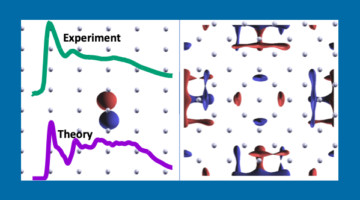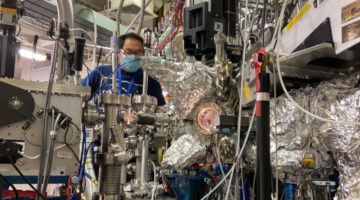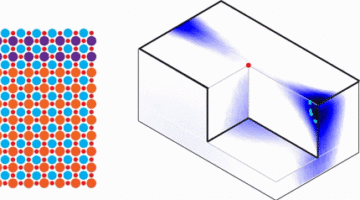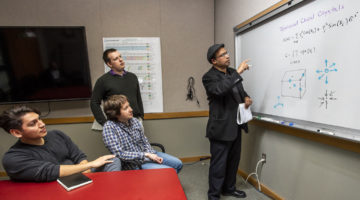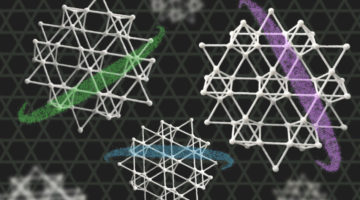Spectroscopy at the ALS and theoretical calculations at the Molecular Foundry revealed the intrinsic spectroscopic signature of lithium metal and explained the origin of previous contradictory reports. The findings provide a benchmark for further studies of lithium compounds towards batteries with higher capacity and energy density. Read more »![]()
![]()
X-Ray Study Recasts Role of Battery Material from Cathode to Catalyst
Researchers used the ALS to learn about a lithium-rich battery material that has been the subject of much study for its potential to extend the range of electric vehicles and the operation of electronic devices. Through a fundamental spectroscopic study, they not only clarified the reaction mechanism of this material, but also found a conceptually different use of it as a catalyst. Read more »
Study Shines New Light on Li-Battery Cathode Materials
Researchers clarified key reaction mechanisms in a Li-battery cathode material, revealing its surprising utility as a catalyst for next-gen batteries. The work refutes widely held ideas about reversible reactions in a highly debated material for Li-based batteries and expands the range of materials suitable for use in high-power batteries and fuel cells. Read more »![]()
![]()
Scientists Dive Deep Into Hidden World of Quantum States
Researchers discovered two unique electronic properties—a Van Hove singularity and Fermi surface topology—at the interface between atomically thin oxide materials. The results suggest that the system is an ideal platform for investigating how to control superconductivity at the atomic scale in 2D materials. Read more »
A Forked Path for Superconductivity
Uranium ditelluride (UTe2) exhibits a form of superconductivity that could, in theory, enable fault-tolerant quantum computing. Angle-resolved photoemission spectroscopy revealed several aspects of the material’s unusual electronic environment, including one-dimensional conducting channels that are orthogonally oriented. Read more »
Chiral Crystals Give Rise to Topological Conductors
Researchers have discovered materials whose chiral crystal structures produce chirality in their electronic behavior. These topological conductors retain their unique electronic properties regardless of defects and open new possibilities in materials research. Read more »
Evidence of a Long-Predicted Magnet
Half a century ago, theorists proposed a novel way for materials to produce a magnetic field. Now, scientists have discovered a uranium compound that bears out that long-ago theory—a new type of magnet that holds promise for enhancing the performance of data storage technologies. Read more »
The Best Topological Conductor Yet: Spiraling Crystal Is the Key to Exotic Discovery
Researchers have discovered the strongest topological conductor yet, in the form of thin crystal samples that have a spiral-staircase structure. The realization of so-called topological materials—which exhibit exotic, defect-resistant properties and are expected to have applications in electronics, optics, quantum computing, and other fields—has opened up a new realm in materials discovery. Read more »
The Electronic Structure of a “Kagome” Material
Scientists have verified exotic electronic properties predicted to emerge in a ferromagnetic material with “kagome” (trihexagonal) lattice symmetry. The greater understanding of kagome materials afforded by this work helps open up a new path toward goals such as ultralow-power electronic devices and quantum computing. Read more »![]()
![]()
ARPES Overturns V2O3 Metal-to-Insulator Theory
Researchers report on angle-resolved photoemission spectroscopy (ARPES) measurements performed on the transition-metal oxide V2O3. The results overturn a decade-old theory about metal-to-insulator transitions in this material and provide a spectroscopic benchmark test for future models. Read more »![]()
![]()
